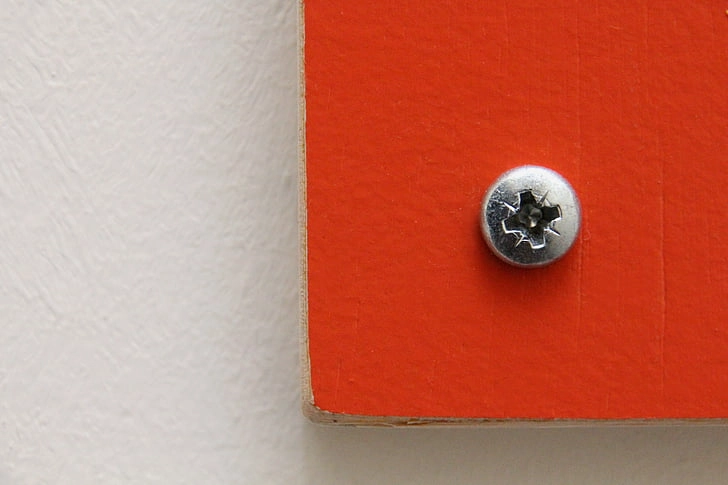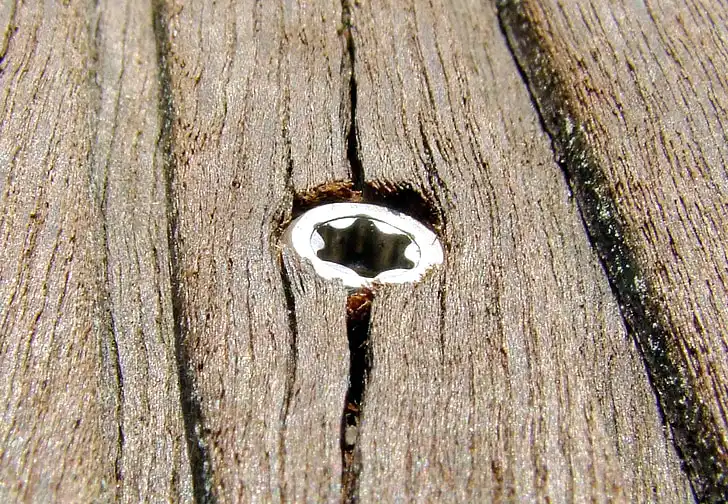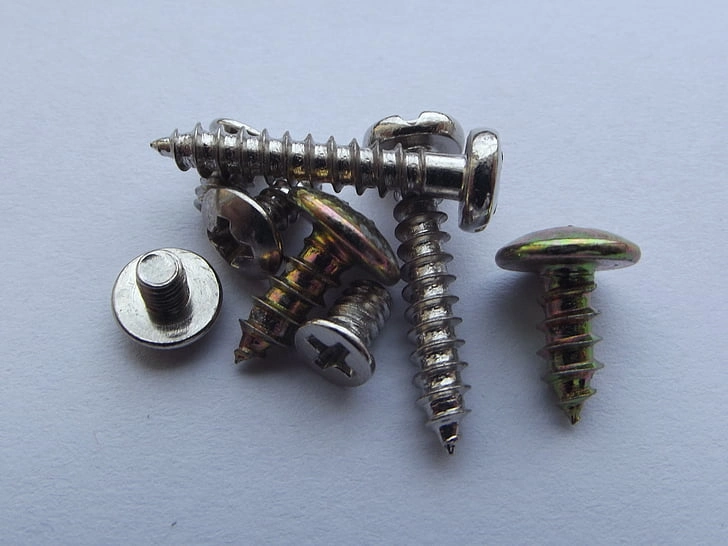caTEGORIES
Tags
Achieve Perfect Setscrews Installation Key Guidelines to Remember

Posted: July 30, 2024
Categories: News
Tags: news
Understanding Setscrews and Their Applications
What Are Setscrews?
Setscrews are fasteners specifically designed to secure one object within or against another object without the need for a nut. They are typically headless, meaning that the screw is entirely threaded and has no head projecting past the major diameter of the screw thread. The absence of a head allows the setscrew to sit flush or below the surface of the material to which it is applied, providing a clean and unobtrusive application.
Common Applications of Setscrews
Setscrews are versatile and used in various applications where a strong, discreet attachment is necessary. One common use is in securing a pulley or gear onto a shaft, often found in machinery and mechanical systems. They are also widely utilized in securing knobs onto appliance control shafts and in aligning machine parts for precise operations. The practical utility of Setscrews extends into electronics, automotive, aerospace, and many more industries.
Types of Setscrews
There is a broad range of Setscrews designed to meet different application needs. The main types include cup point, flat point, cone point, dog point, and knurled cup point setscrews. Each variant features unique characteristics that make it suitable for specific use cases. For example, cup point setscrews are known for their superior holding power due to their contact area, while cone point screws are used to ensure centering into a pre-drilled hole.

Essential Tools and Materials for Installing Setscrews
Required Tools for Installation
To correctly install setscrews, a few fundamental tools are required. Generally, you will need appropriate Allen wrenches or hex keys since these screws typically have hex socket heads. A torque wrench is also crucial to apply the right amount of force without over-tightening. Additionally, thread lockers are vital for securing the setscrew in place once installed.
Choosing the Right Materials
Selecting the right material for your setscrew is vital to ensure both effectiveness and longevity. Setscrews come made from a variety of materials, including stainless steel, alloy steel, brass, and nylon. Each has its strengths and best-use scenarios. For instance, stainless steel setscrews are excellent for resisting corrosion and ideal for outdoor or marine applications, while alloy steel options provide high tensile strength for heavy-duty uses.
Step-by-Step Guide to Properly Installing Setscrews
Preparing the Workspace
Before beginning the installation of a setscrew, it’s critical to prepare your workspace. Ensure that all components are clean from dirt, oil, and debris. Appropriate lighting can aid in seeing what you are working on clearly. Organize all needed tools and materials within easy reach to avoid disruptions during the installation process.
Inserting the Setscrew
Aligning the Screw Hole
Initially, align the screw hole of the object you are working with the shaft or another piece it will be fixing into. Accurate alignment ensures that the setscrew will secure the pieces effectively without causing misalignment or damage.
Utilizing Thread Locker
To improve the grip of your setscrew, you can use a thread locker. This adhesive helps keep the setscrew from loosening due to vibrations, which is especially beneficial for moving or dynamic components. Simply place a small amount of thread locker on the threads of the setscrew before installation to enhance its security.
Ensuring Proper Torque
Achieving the right torque is critical in installing a setscrew. Under-tightening can render the screw ineffective, while over-tightening can strip the threads or cause damage to the components. Utilize a torque wrench to apply the precise amount of force recommended by the manufacturer to ensure a secure and lasting fit.
Common Mistakes to Avoid During Installation
Over-Tightening or Under-Tightening
A frequent mistake during setscrew installation is over-tightening, which can strip the threads or damage the secured objects, diminishing the connection’s reliability. Conversely, under-tightening may result in the setscrew coming loose over time. Always follow the torque specifications to avoid these issues, ensuring the right balance is maintained.
Ignoring Material Compatibility
It’s crucial to account for the compatibility of the materials involved in your application. Using a setscrew made from an incompatible material with the objects it secures can lead to corrosion, galvanic reactions, and premature failure. Ensure that the material of the setscrew matches or is compatible with the materials of the objects being joined.
Neglecting Regular Maintenance
Lastly, overlooking routine maintenance of setscrews can result in them loosening over time, especially in settings where there is constant vibration or movement. Regular inspections and re-tightening are crucial to prevent this issue.
Ensuring Correct Alignment
Correct alignment is paramount when installing Setscrews to ensure the integrity and functionality of the connection. Misalignment can lead to improper seating and potential mechanical failures over time. Start by meticulously aligning the screw hole with the part being fastened. Use alignment tools or jigs if necessary to verify that everything is in the correct position. Ensuring this step will help prevent unnecessary wear and provide a stable setup for your machinery or systems.
Regular Inspection and Replacement
Regular inspection and timely replacement of Setscrews are critical to maintaining the longevity and safety of your assembled components. Periodic checks for looseness, wear, or any signs of stress help in preemptively addressing issues before they escalate into major failures. Establish a routine maintenance schedule and document the inspection results. If any discrepancy is found, replace the faulty setscrew to maintain optimal performance and safety.
Using Quality Components
The use of high-quality Setscrews and compatible materials is essential for effective installation. Subpar components are prone to failure and can compromise the entire system they are meant to secure. Always source your screws from reputable suppliers and make sure they adhere to industry standards and specifications. High-grade materials not only improve the durability of the fastened components but also enhance the overall reliability of your installations.
Qewit
Founded in April 2004, Qewit has established itself as a leading provider of industrial consumable products, with a strong focus on fasteners, procured from mainland China and neighboring countries such as Taiwan, Malaysia, Vietnam, and Thailand. The company’s operations benefit significantly from its British ownership, which has implemented a solid framework of Supply Chain Management principles to guarantee the highest standards of quality and efficiency.
Understanding the nuances of material properties and their interaction with environmental factors is essential for ensuring the longevity and reliability of fasteners. Qewit’s expertise in this domain is unparalleled, providing clients with tailored solutions that address specific challenges posed by different operational conditions. Whether it’s corrosion resistance, tensile strength, or thermal stability, Qewit’s product offerings are designed to excel in the most demanding environments.
In the broader discussion of material choice and its impact on fasteners, Qewit‘s role as a trusted supplier cannot be overstated. Their comprehensive approach to supply chain management, combined with a deep understanding of material science, positions them as an invaluable partner for industries seeking reliable and high-performance fastening solutions.

Benefits of Methodical Installation Practices
Enhanced Longevity of Mechanical Assemblies
Implementing methodical installation practices for Setscrews significantly enhances the longevity of mechanical assemblies. Ensuring precision during installation minimizes wear and tear, leading to prolonged operational life. Regular maintenance and using high-quality components further contribute to the durability of the entire assembly. This not only delays the need for replacements but also maintains optimal performance throughout the lifecycle of the installed parts.
Improved Safety and Reliability
Ensuring safety and reliability in mechanical assemblies is crucial, and the careful installation of setscrews plays a significant role in achieving these goals. Applying the correct torque, ensuring proper alignment, and conducting regular inspections are essential practices to keep components securely in place. This diligence reduces the likelihood of unexpected failures. Reliable fastening is particularly vital for enhancing system safety in high-risk environments such as the automotive and aerospace industries, where any malfunction can lead to serious repercussions.
Cost Efficiency in Maintenance
Adhering to methodical installation and maintenance practices can lead to significant cost savings. By preventing premature failures and the need for frequent replacements, businesses can reduce their maintenance budgets. Efficient use of resources, minimized downtime, and prolonged lifespan of components collectively contribute to better financial performance. Therefore, focusing on precise and careful installation of Setscrews is a prudent investment towards cost-efficiency.
Final Thoughts on Achieving Perfect Setscrew Installation
Achieving perfect setscrew installation hinges on understanding and applying several key principles. Ensuring correct alignment, using quality components, and performing regular maintenance checks are all critical steps towards reliable and durable assemblies. Companies like Qewit, with their extensive experience and commitment to quality, highlight the importance of material selection and supply chain management in this context.
Methodical practices not only enhance the longevity and reliability of the assembled components but also contribute significantly to safety and cost efficiency. By paying attention to these aspects, industries can ensure that their mechanical systems function optimally and sustainably, minimizing risks and maximizing operational efficiency.


